Your Mouth Is What You Eat: A Dental Hygienist’s Real-Talk Guide to Healthier Teeth
After spending years looking into people’s mouths for a living, you start to see things. It’s wild, but I can often get a pretty good idea of someone’s diet just from a quick peek at their teeth and gums. That constant soda-sipper? They have a specific kind of wear on their enamel. The person who skimps on greens? Their gums often look puffy and angry. But the folks with genuinely strong, healthy mouths? They almost always share a secret weapon: a diet that actively builds up their oral health.
In this article
Look, brushing and flossing are non-negotiable. Seriously. You’ve got to brush twice a day with a fluoride toothpaste and clean between your teeth daily. But all that cleaning is just one part of the equation. Your diet is the raw material your body uses to build and maintain everything, from the hard enamel of your teeth to the soft tissue of your gums.

Feeling a little overwhelmed? Don’t be. If you’re going to change just two things, start here:
- Swap one sugary drink per day for a glass of plain water.
- After lunch, have a small cube of hard cheese (like cheddar) or a handful of almonds.
These small habits can make a surprisingly big difference. Now, let’s get into the why.
Your Mouth’s Inner Tug-of-War
Before we dive into a grocery list, you need to understand what’s actually happening inside your mouth. It’s a busy place, home to a whole community of bacteria—some good, some not so good. The troublemakers absolutely love to feast on the sugars and starches you eat.
When they eat, their waste product is acid. And acid is the number one enemy of your teeth.
Your tooth enamel is the toughest stuff in your body, made of a crystal-like mineral. When that acid washes over your teeth, it starts pulling those minerals right out of the enamel. This is called demineralization. It’s a tiny, invisible dissolving process. Luckily, your body has a superhero on its side: your own saliva.
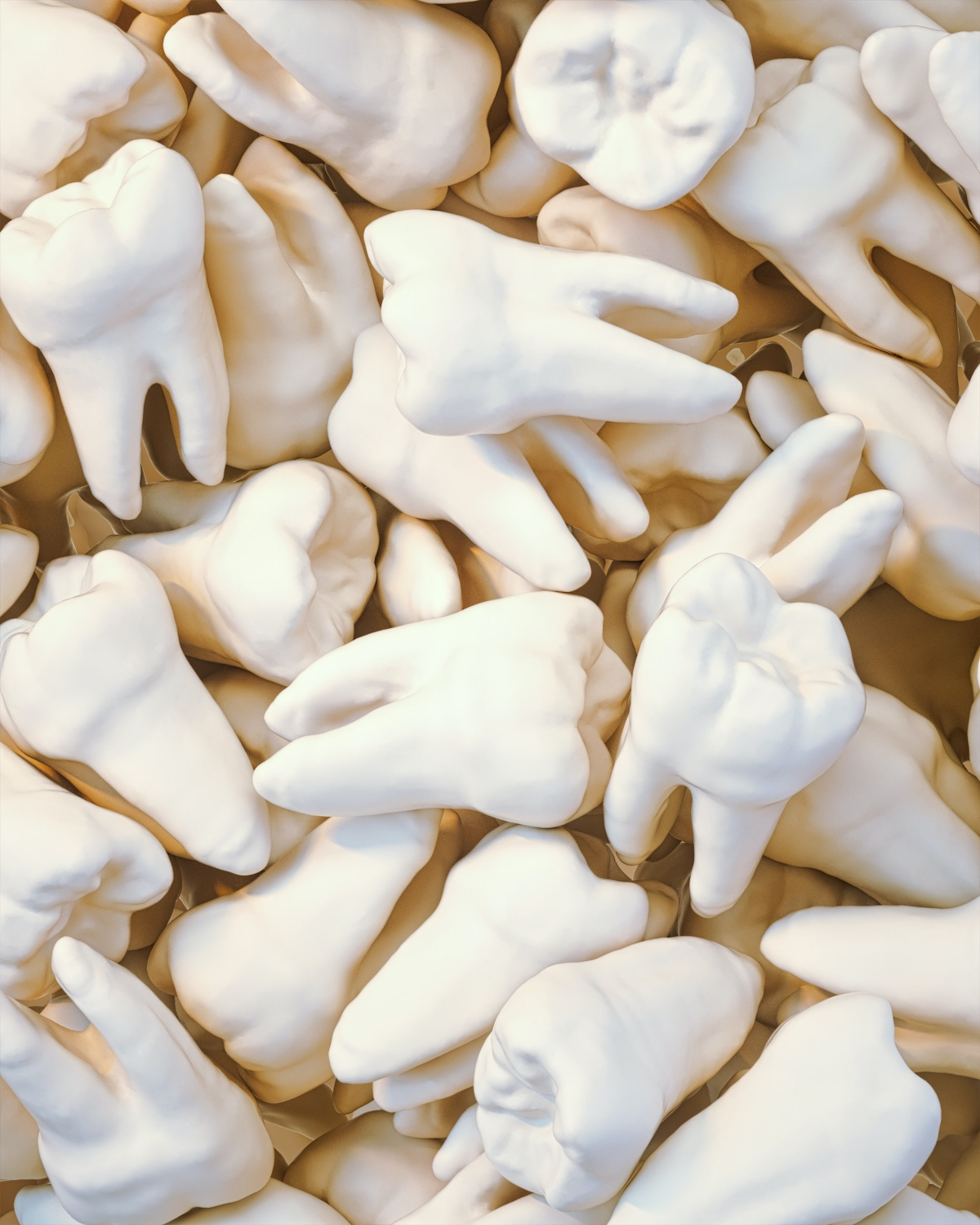
Saliva is incredible. It washes away food bits, neutralizes that nasty acid, and—this is the important part—it’s loaded with calcium and phosphates. It constantly bathes your teeth in these minerals to rebuild the enamel. This process is called remineralization. A healthy mouth is all about keeping this balance tipped in favor of rebuilding. Cavities happen when the acid attacks win too often.
The Building Blocks: Minerals for Strong Teeth
You can’t build a brick wall without bricks, right? Same goes for your teeth. They need a steady supply of specific minerals to stay strong and fight back against acid.
Calcium & Phosphorus: The Dynamic Duo
These two are the absolute bedrock of your enamel. A diet low in calcium and phosphorus means your saliva won’t have the ammunition it needs to repair your teeth effectively.
- Top-Tier Sources: Dairy is a classic for a reason. Milk, plain yogurt, and kefir are fantastic. Hard cheeses like cheddar or Swiss are even better because chewing them stimulates extra saliva. A 1-inch cube or a single cheese stick is a perfect snack.
- Budget-Friendly Tip: Not everyone wants to splurge on artisanal cheese or grass-fed milk, and that’s okay! Canned fish like sardines or salmon (with the soft, edible bones) are nutritional powerhouses, often costing less than $3 a can at places like Trader Joe’s or Walmart. They are packed with both calcium and phosphorus. For plant-based folks, tofu, almonds, and dark leafy greens like kale and bok choy are excellent choices.
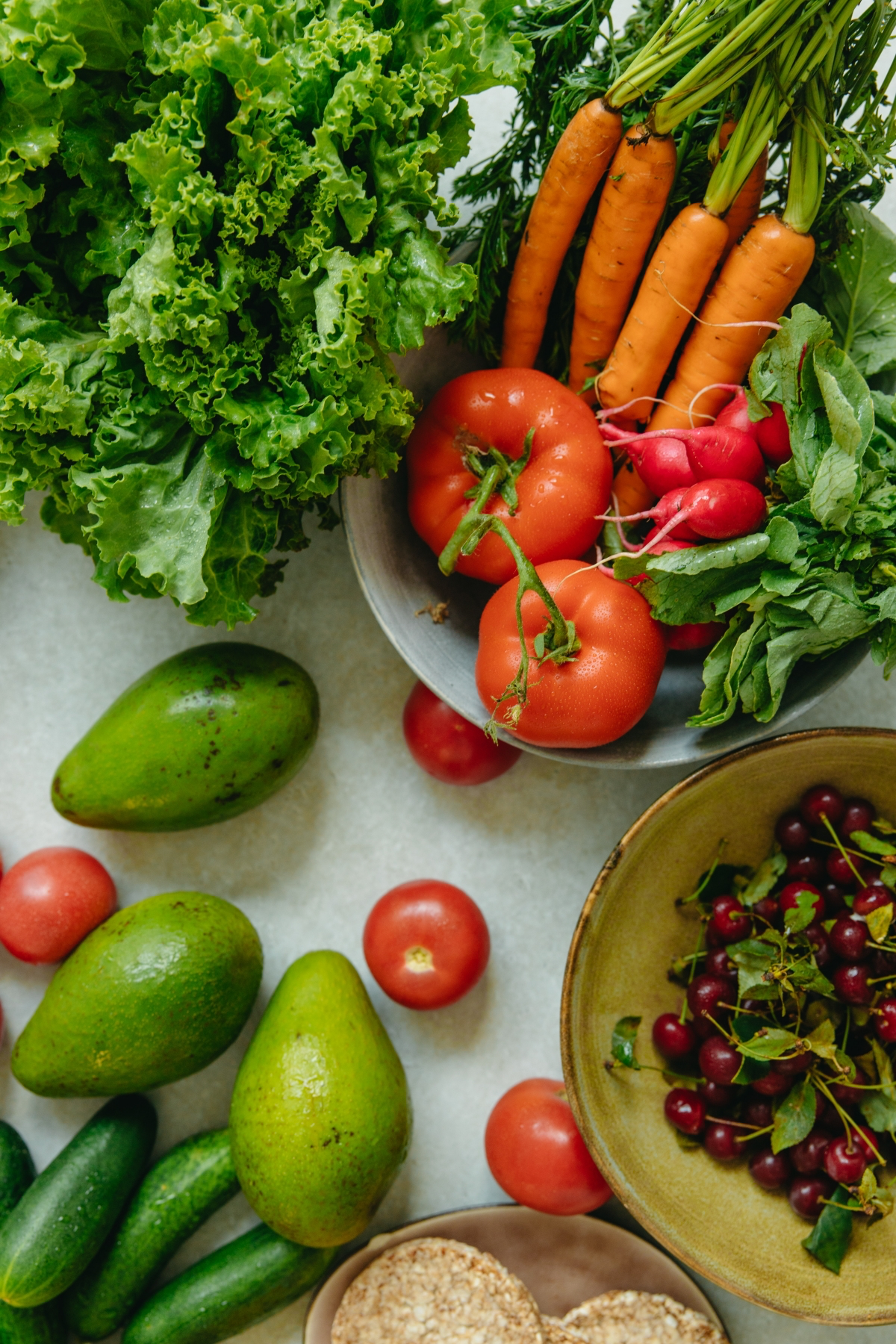
Vitamin D: The Calcium Chaperone
You can chug all the milk you want, but without Vitamin D, your body can’t properly absorb and use the calcium. It’s the key that unlocks the door, letting calcium into your system to fortify your teeth and bones.
Good to know: Your best sources are fatty fish (salmon, mackerel), egg yolks, and fortified foods. If you use plant-based milk like almond or oat milk, do yourself a favor and check the label. Make sure you grab one that’s fortified with both calcium and Vitamin D.
Vitamin K2: The Traffic Cop
This is a lesser-known but crucial player. Think of Vitamin K2 as the GPS for calcium. It tells the calcium where to go—into your teeth and bones—and where not to go, like your arteries. You’ll find it in high-fat dairy from grass-fed animals, egg yolks from pasture-raised chickens, and certain fermented foods. It’s one case where food quality can make a difference, but even standard egg yolks provide some benefit.
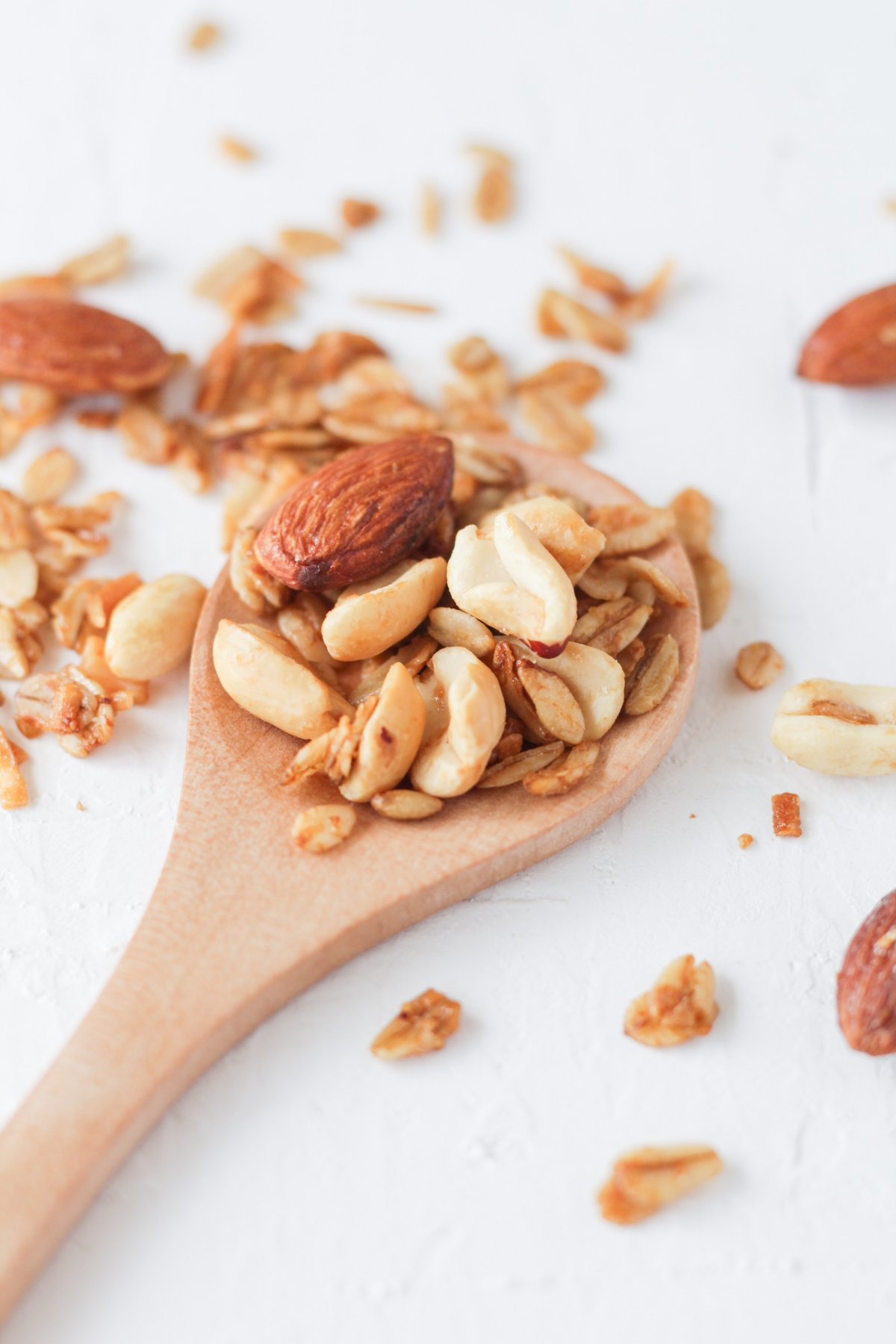
But Can’t I Just Take a Pill?
This is a question I get all the time. Can you just pop a calcium or Vitamin D supplement and call it a day? To be frank, it’s not ideal. Your body is designed to get nutrients from whole foods, where they exist in a complex with other vitamins and fibers that help with absorption. Food is always the first and best choice.
That said, if you have a known deficiency or dietary restrictions, supplements can be a necessary backup. But this is a conversation to have with your doctor or a registered dietitian, not something to guess at. They can recommend proper dosages and make sure it’s right for you.
Building Resilient Gums from the Inside Out
Your gums are the foundation holding your teeth in place. Gum inflammation, or gingivitis, is a big deal. The right nutrients can help make your gums tougher and better at fighting back.
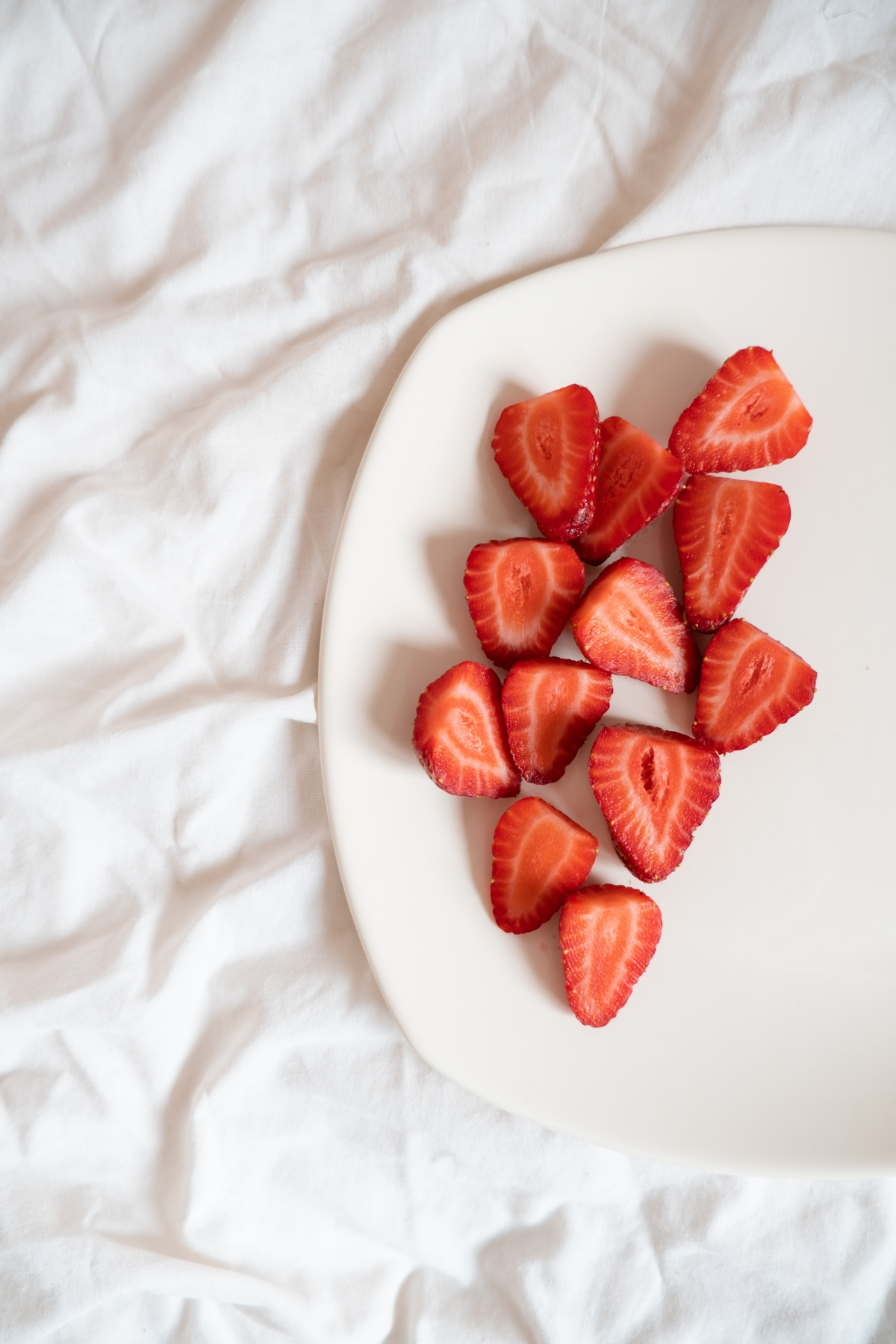
- Vitamin C for Collagen: Your gums are made of collagen, and your body literally cannot produce it without Vitamin C. Forget just oranges; bell peppers (especially red and yellow ones), broccoli, and strawberries are loaded with it.
- Heads up! A lot of Vitamin C-rich foods are also acidic. I’ve seen patients damage their enamel by constantly sipping lemon water. A common mistake is brushing right after eating something acidic. The acid softens your enamel, and brushing can scrape it away. The pro move: enjoy the food, then rinse your mouth with plain water and wait at least 30 minutes before you brush.
- Omega-3s to Fight Inflammation: These healthy fats are amazing for calming inflammation throughout your body, including in your gums. The best sources are fatty fish like salmon, mackerel, anchovies, sardines, and herring. Aim for two servings a week. Canned salmon is a great, affordable option here. For a plant-based boost, add flaxseeds, chia seeds, or walnuts to your diet.
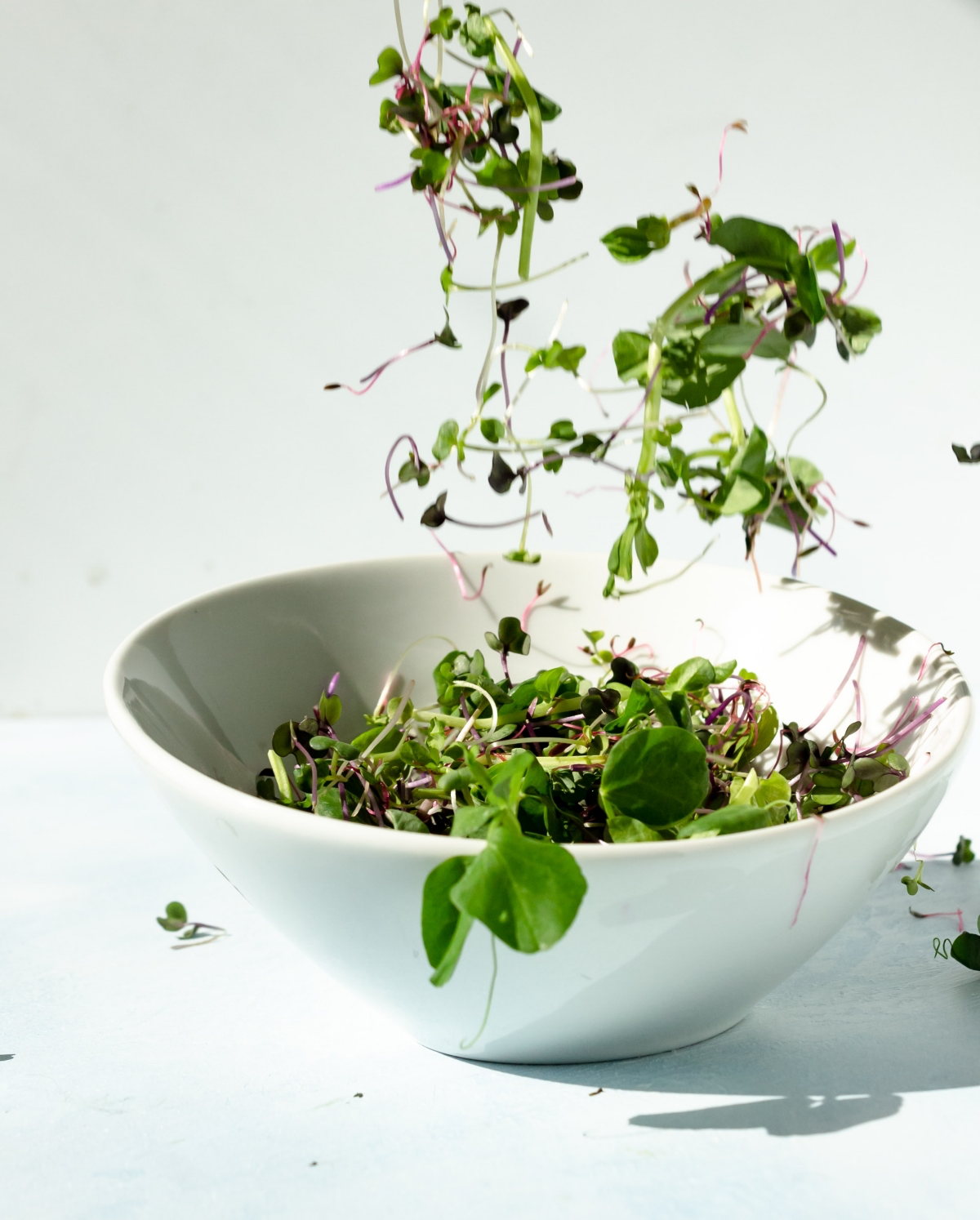
The Real Culprits: What to Watch Out For
Honestly, protecting your teeth is often more about what you avoid than what you add. Here are the main offenders I see in my practice every single day.
- Constant Grazing: Every time you eat or drink anything with sugar or carbs, you’re starting a 20-30 minute acid attack on your teeth. If you’re snacking or sipping all day, your mouth never gets a break to recover and remineralize. Stick to meals and drink plain water in between.
- Sticky Foods: The danger here is contact time. Things like gummy candies, dried fruit, and even starchy crackers that turn to paste get stuck in the grooves of your teeth, giving bacteria a non-stop buffet.
- Sugary & Acidic Drinks: This is public enemy #1 for teeth. Sodas, sports drinks, and even fruit juices are a double-whammy of sugar and acid. Sipping one over an hour is far more destructive than drinking it quickly with a meal.
- Coffee & Unsweetened Tea: Wait, what? Even without sugar, these drinks are acidic. I’m not telling you to give up your morning coffee! But try not to nurse one cup for three hours. When you’re finished, swish with some water to help reset your mouth’s pH.
By the way, here are some easy, tooth-friendly snack swaps to try:
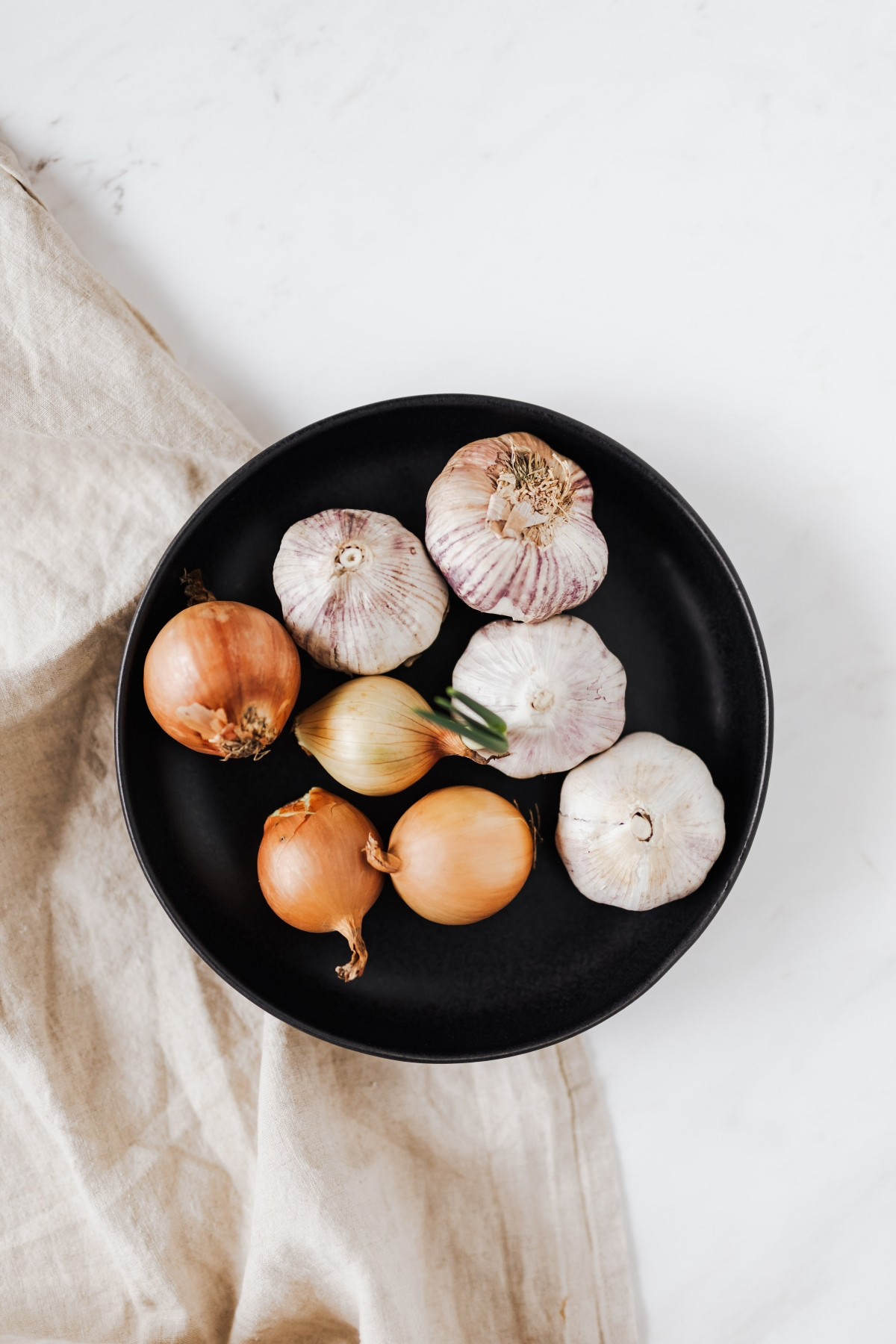
- Instead of starchy crackers, try celery sticks with cream cheese or a handful of almonds.
- Instead of a handful of sticky raisins, opt for a fresh apple or a pear.
- Instead of a sports drink after a workout, rehydrate with cold water or a glass of milk.
Putting It All Together: A Tooth-Friendly Day
So, what does this look like in real life? It’s easier than you think. It’s not about being perfect, just intentional. Here’s a sample day:
- Breakfast: Scrambled eggs (hello, Vitamins D and K2!) with some chopped red bell pepper (a Vitamin C powerhouse) tossed in.
- Lunch: A big salad with kale (calcium!), grilled chicken or chickpeas for protein, and a sprinkle of sunflower seeds.
- Afternoon Snack: A cheese stick and a few carrot sticks. This combo helps scrub your teeth and neutralize acid.
- Dinner: Baked salmon (Omega-3s and Vitamin D) with a side of steamed broccoli (more Vitamin C!).
See? It’s just a balanced, whole-foods diet. No magic required.
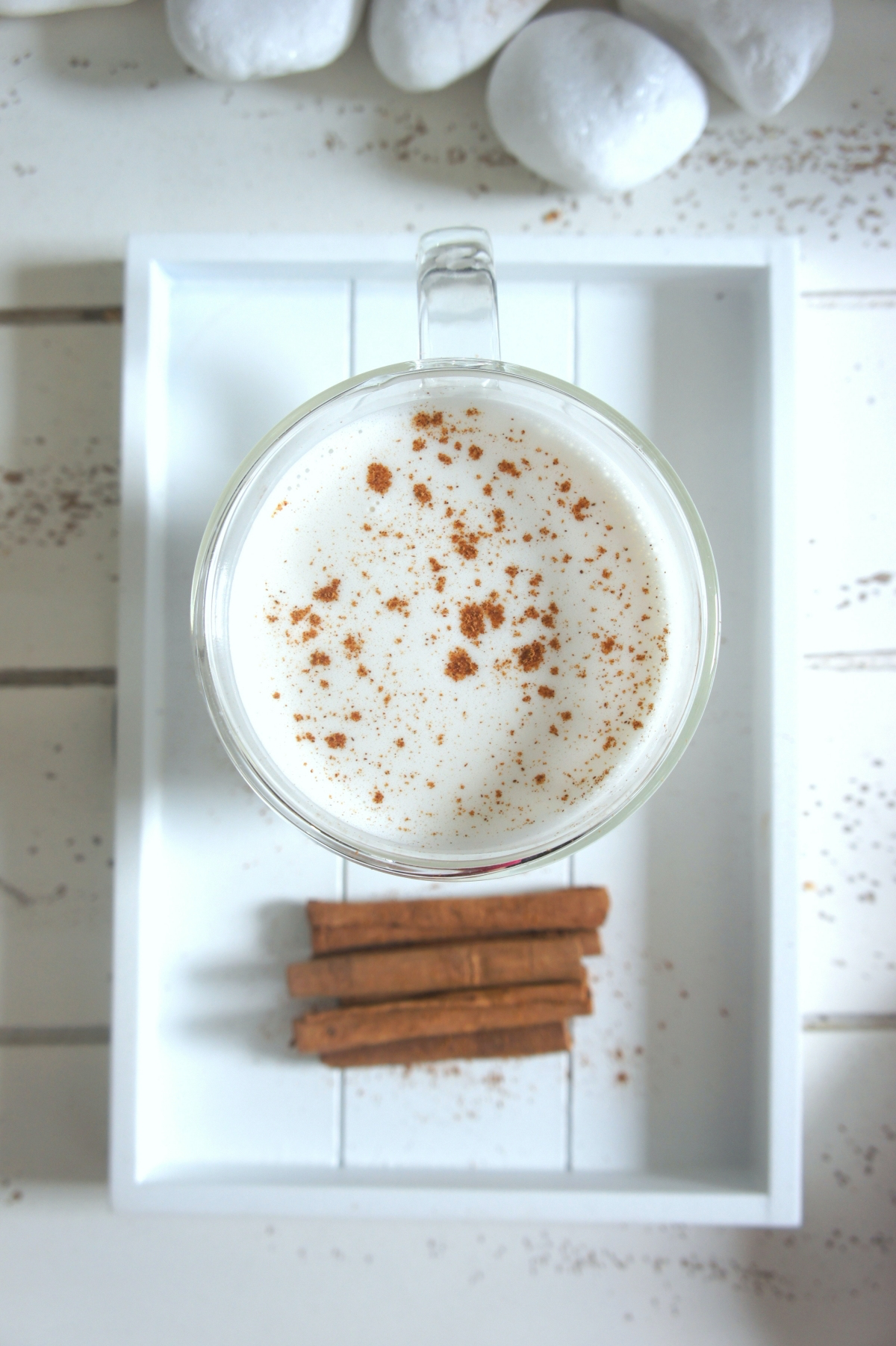
Remember, your diet is a powerful partner to your toothbrush, not a replacement. No food can mechanically remove plaque the way brushing and flossing can. And if you have bleeding gums, persistent bad breath, or tooth pain, that’s your cue to see a dental professional. We’re here to help diagnose the root cause and get you on the right track. Working together, we can keep that smile healthy for life.
Inspiration:
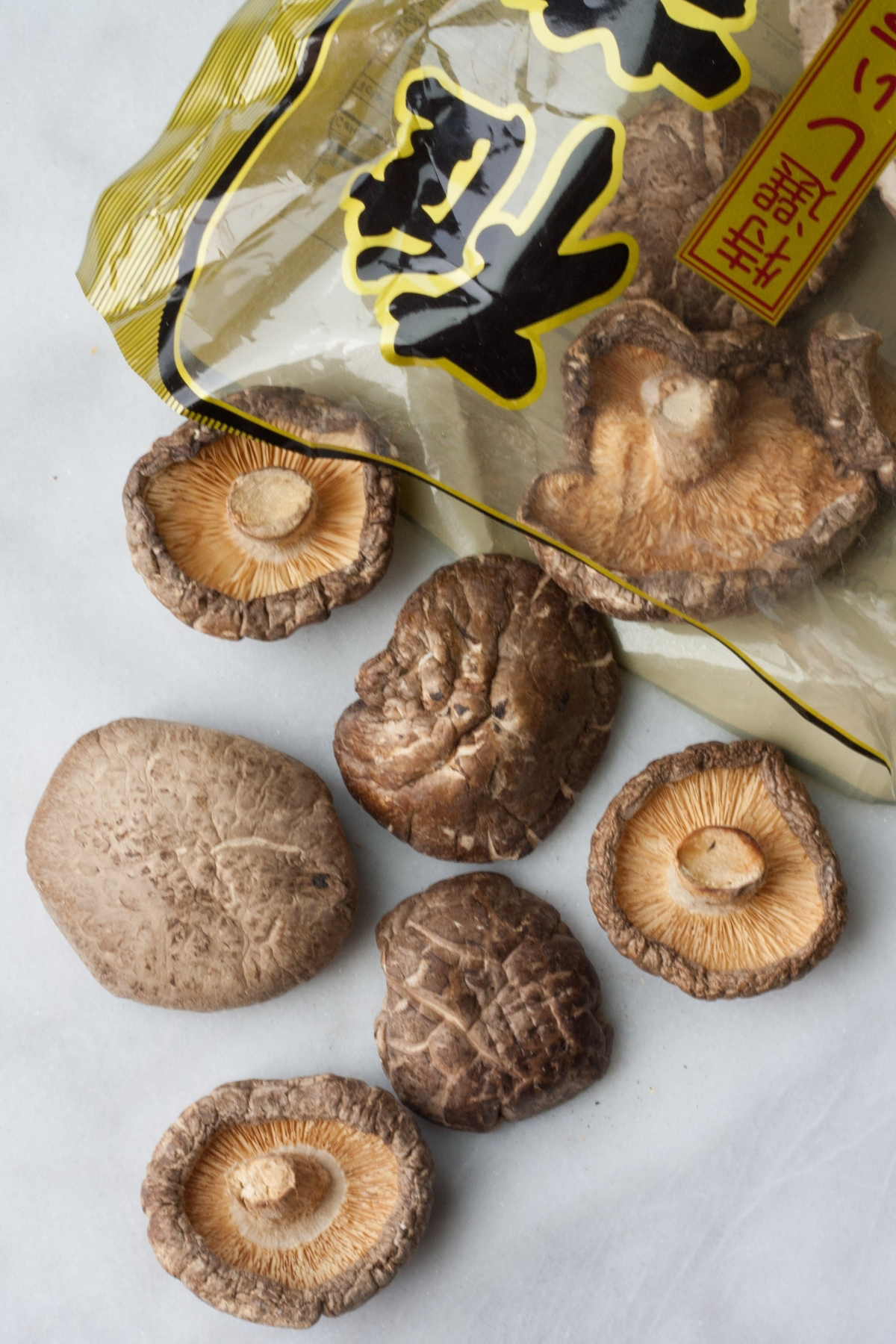
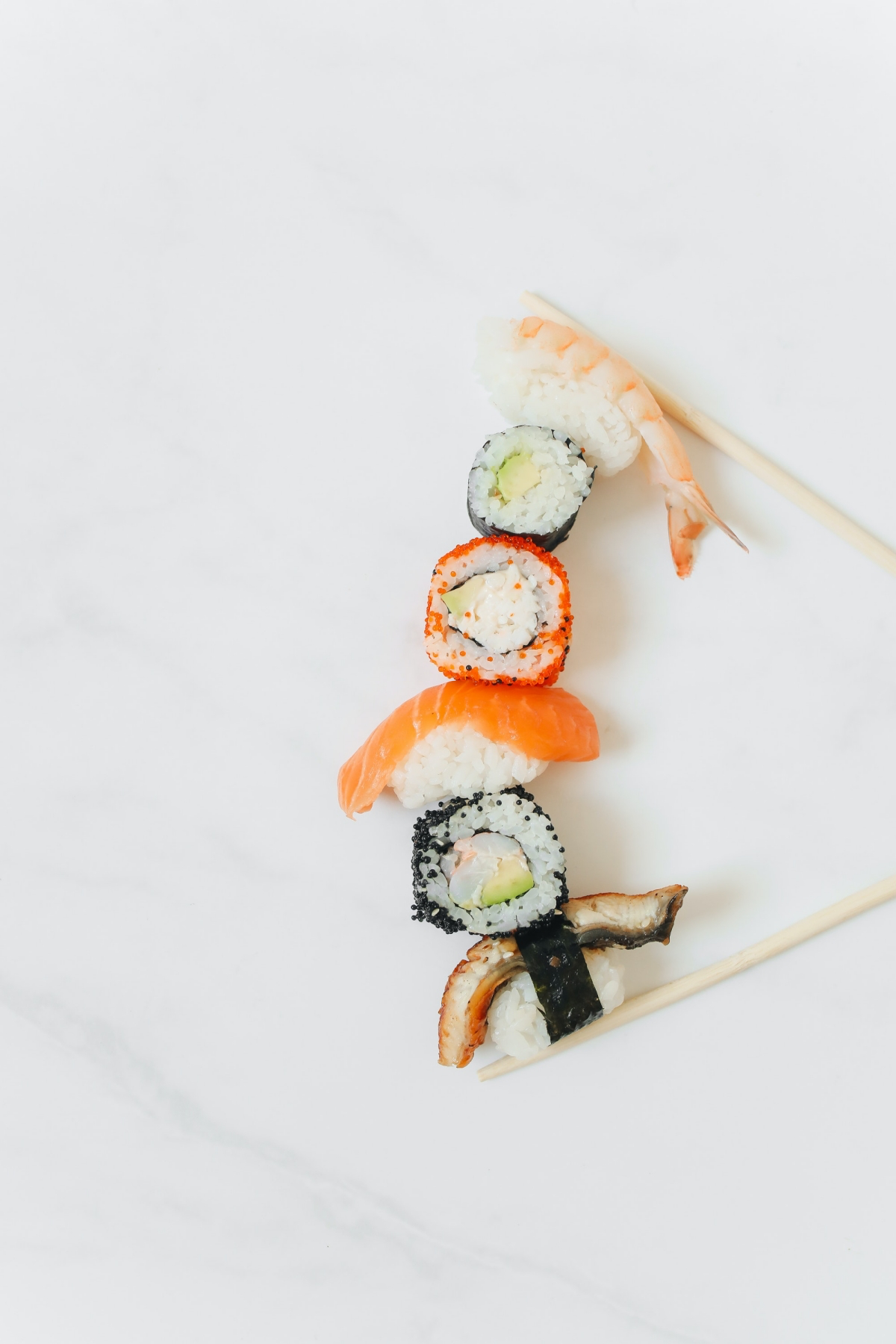
Think about the timing of your treats. It’s not just about *what* you eat, but *when* and *how*. A single cookie eaten quickly with a meal is far less damaging than slowly sipping a sugary latte for an hour. The prolonged exposure creates a constant acid attack that overwhelms your saliva’s ability to neutralize and remineralize your enamel. If you indulge, do it efficiently and follow up with a swish of water.
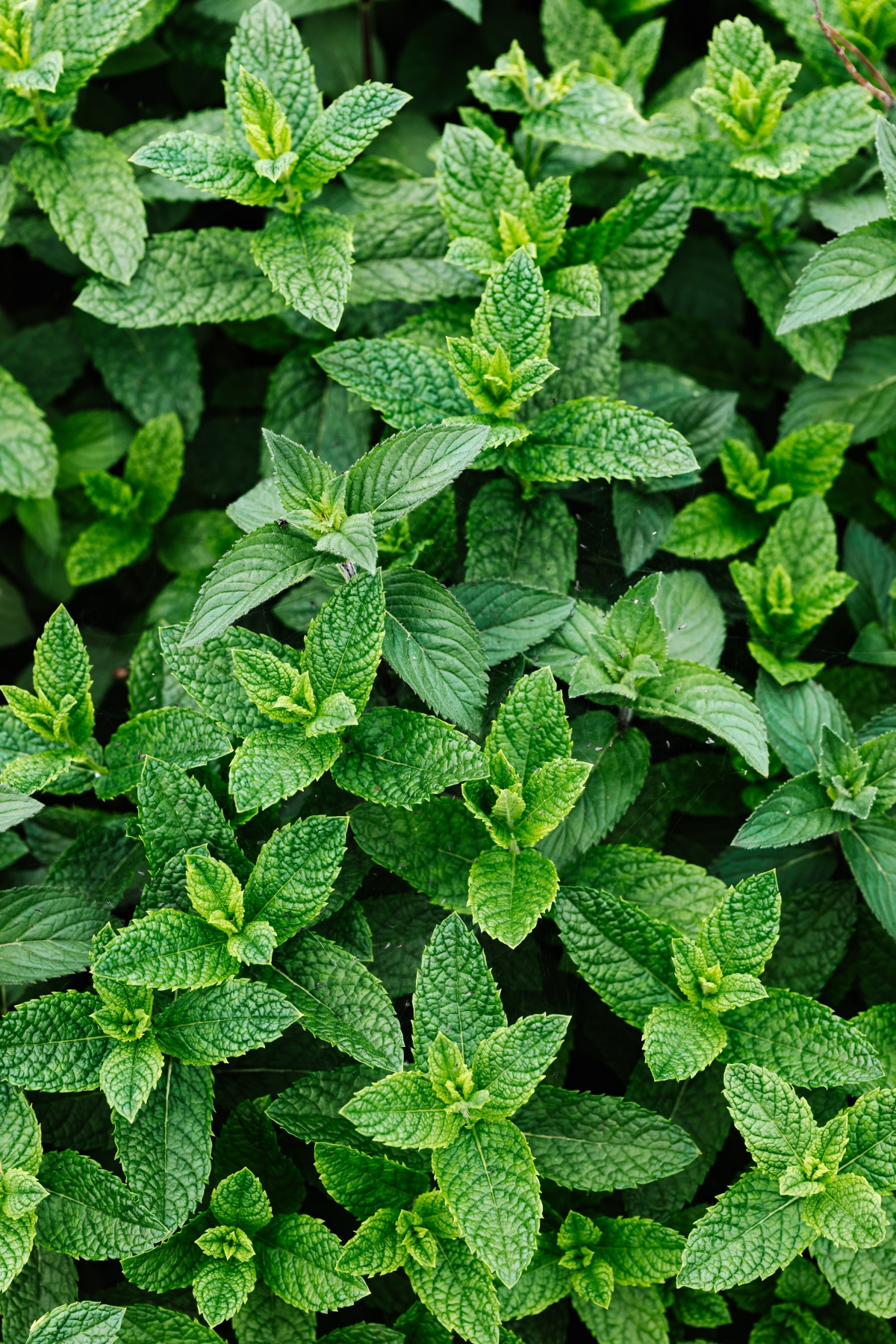
An estimated 92% of adults aged 20 to 64 have had dental caries in their permanent teeth.
This statistic from the National Institute of Dental and Craniofacial Research highlights how common tooth decay is. While diet is a huge factor, the right tools are critical. Using a fluoride toothpaste like Sensodyne or Crest Pro-Health is non-negotiable, as fluoride is a mineral that actively helps rebuild and strengthen weakened enamel, making it more resistant to future acid attacks.
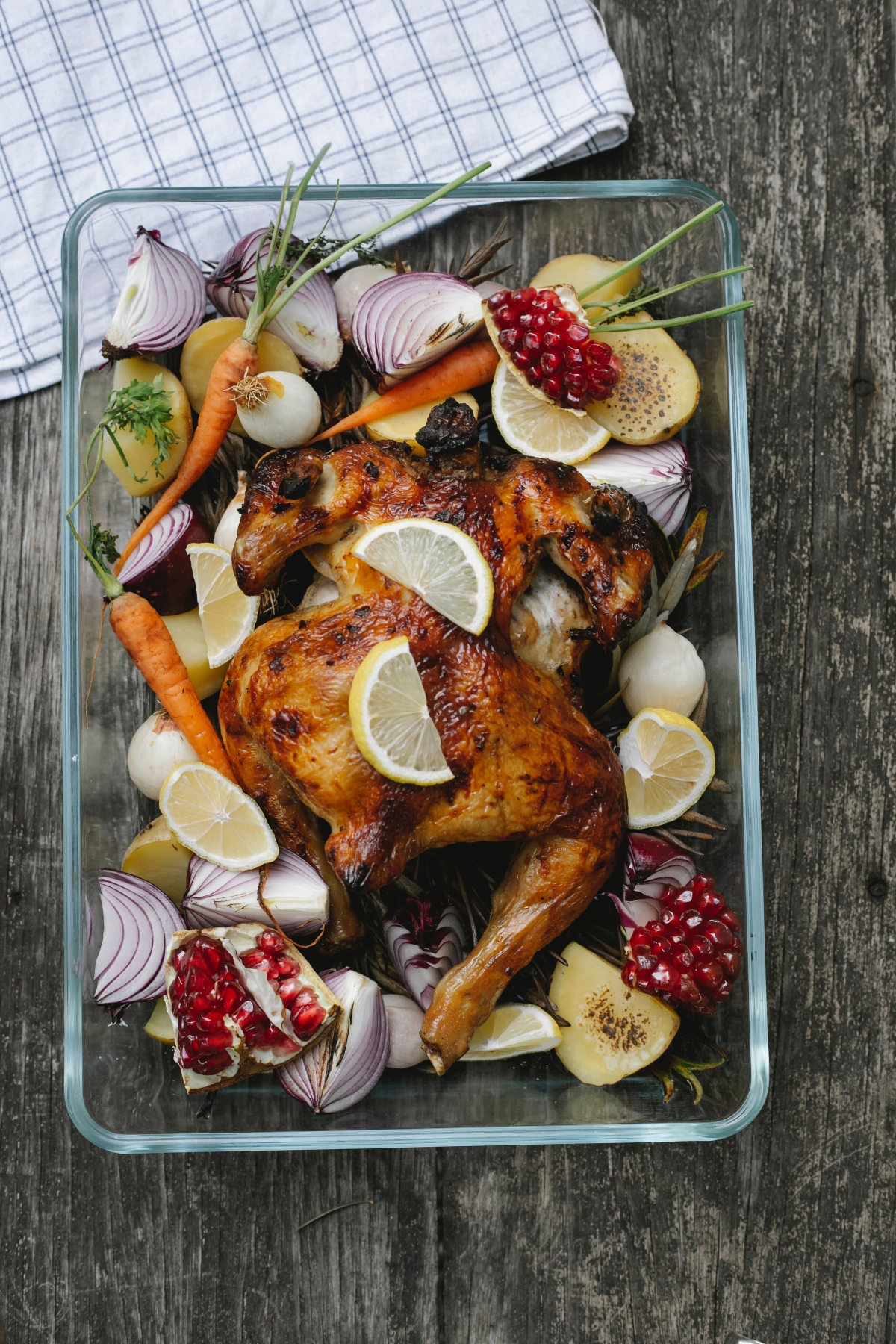
Are all teas created equal for your teeth?
Not quite. While black tea can stain, both green and black teas contain compounds called polyphenols that can suppress the growth of cavity-causing bacteria. Green tea has a slight edge due to its higher concentration of antioxidants. However, be mindful of what you add! A spoonful of sugar or a slice of lemon can instantly turn your tooth-friendly beverage into an acidic, sugar-laden threat.

Beyond just food, consider the texture of what you’re eating. Crunchy, fibrous foods act like a natural toothbrush.
- Crisp apples stimulate your gums and increase saliva flow.
- Raw carrots and celery help scrub plaque from your teeth as you chew.
- Firm cheeses, like aged cheddar or Parmesan, not only provide calcium but also help to neutralize acids.
Xylitol vs. Sugar: Xylitol is a sugar alcohol that looks and tastes like sugar but has a completely different effect on your teeth. The main cavity-causing bacteria, *Streptococcus mutans*, cannot digest it, which means it can’t produce acid. Chewing a xylitol-sweetened gum like Spry or Zellie’s after meals actively helps to reduce plaque and starve these harmful bacteria.
Sugar (Sucrose): This is the preferred fuel for acid-producing bacteria, leading directly to enamel demineralization.
For oral health, xylitol is the clear winner as an after-meal habit.










